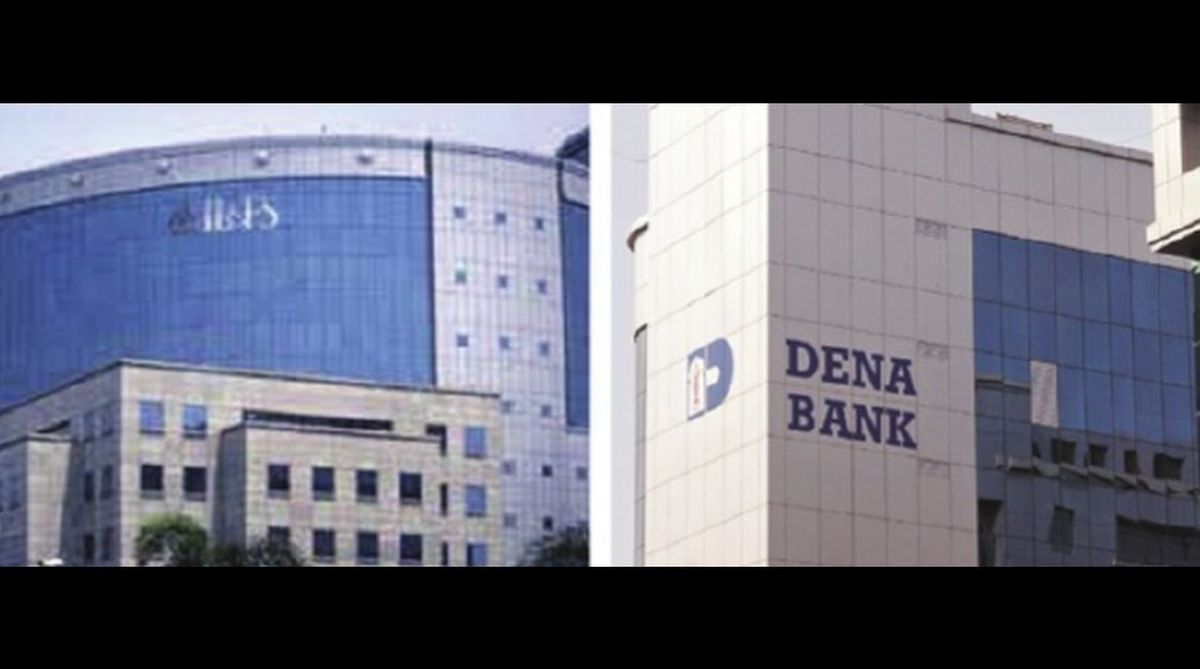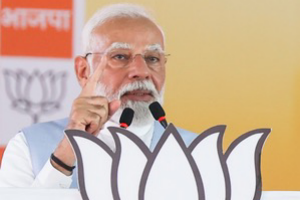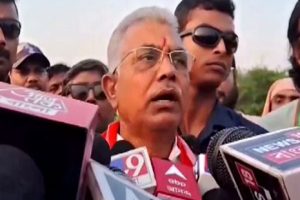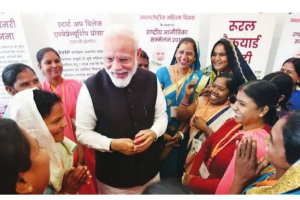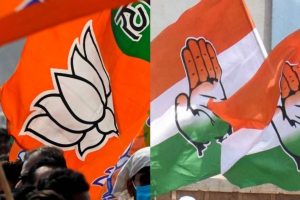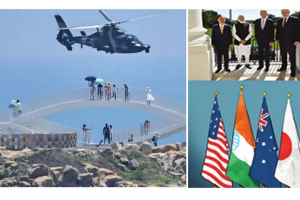Recently, we witnessed the strange spectacle of our largest insurance company asking for the Government’s permission to take over an almost defunct bank. Even more recently, our biggest bank suddenly became extra keen on acquiring the bad debts of Non-Banking Financial Corporations. These counter-intuitive, Government brokered mega financial deals could perhaps best be described by an old Bollywood movie song Kisi ki topi kisi ka sar, which in Bambaiya Hindi means fooling people into taking on others’ liabilities.
Starting with the sale of the Government’s 51.11 per cent stake in HPCL for Rs.36,915 crore to ONGC, which was prompted by the Government’s desire to meet its disinvestment and fiscal deficit targets, we witnessed a series of logic-defying business decisions by Government owned entities. Last month, LIC bought 51 per cent equity in IDBI, an infrastructure financing bank with 28 per cent NPAs, for around Rs.15,000 crore despite rules not really allowing an insurer to invest more than 15 in any one company.
More recently, State Bank of India announced that it would buy bad loans worth Rs.45,000 crore from NBFCs instead of the Rs.15,000 crore budgeted earlier. According to market speculations, the sudden increase in SBI’s bad loans’ budget is aimed at taking on most of the bad loans of IL & FS, which is poised to default on debts of Rs.91,000 crore. The Government has also jumped in to bail out IL & FS by announcing its intention of acquiring IL & FS’s stalled highway projects, allegedly to prevent a ‘systemic failure.’
More interesting is the proposed merger of the NPA riddled Dena Bank with two stronger banks (Vijaya Bank and Bank of Baroda), the main idea behind the merger being an attempt to hide the NPAs of Dena Bank in the aggregated accounts of the merged entity. The Dena Bank merger is an instance of creative accounting to bypass RBI rules, which is paradoxical, given the fact that RBI is an entity of the Government mandated to supervise the working of banks. Yet, there could be no other conceivable benefit from the merger of the three banks except rescuing Dena Bank from the rigours of Prompt Corrective Action initiated by RBI. News reports indicate that the three banks would go on working as before; no rationalisation of assets or staff is on the table.
We have an excellent casestudy on the merger of Air India and Indian Airlines, which is guzzling taxpayers’ money at an incredible rate. Briefly put, the merger of the two airlines failed because nothing was done to rationalise the surplus assets and surplus staff and the merged entity became too complex to be effectively controlled, which only proves that in such cases anodyne solutions like pumping equity into sinking enterprises from solvent entities, without identifying and correcting the basic flaws in the insolvent entities’ operations will only delay the inevitable ~ that too at a great cost.
A number of questions arise. Should the Government influence market decisions, particularly in a way in which public money is likely to be lost? Should financial institutions never be questioned even if a large amount of public money is lost because of bad decisions? The answer to both questions is an obvious ‘No’ but such matters are generally brushed under the carpet because an enquiry has the danger of sending a number of skeletons tumbling out. Hence, punitive action taken by the Government, even where thousands of crores of rupees are lost, is restricted to making the delinquent directors resign, arrest a few persons and wait for the scandal to fade from public memory.
Coming to specifics, LIC and SBI have no special expertise in dealing with stressed assets, which they are in the process of acquiring. As on 31 March 2018, SBI itself had bad loans of Rs.2.23 lakh crore which were 10.91 per cent of its advances. Moreover, SBI has posted losses of thousands of crores for the last three quarters. The likely result of taking on others’ bad debts would be even more losses which would remain hidden in LIC’s and SBI’s huge balance-sheets.
The case of IL & FS is far worse. IL & FS had respected institutions like LIC as its major shareholders, IL & FS was rated as AAA+ till it went under, IL & FS regularly paid dividends, yet things were certainly not as they were made out to be. It has been reported that the MD of IL & FS was drawing a salary of Rs.25 crore per annum. The IL & FS episode has brought in question the role of the major shareholder (LIC) as well as the connivance or worse of a host of rating and regulatory agencies.
Recently, in a hearing before NCLT, the erstwhile independent directors of IL & FS have pointed out that though they have been arraigned as accused in the case, no charges have been made out against the shareholder directors. Piecemeal investigation is being done by agencies like the Serious Fraud Investigation Office; a thorough inquiry, which may prove inconvenient for many, does not seem to be in the offing.
Given the current difficult economic situation, more corporates and banks may start melting. It is essential that we have a graded response system for such failures. Most of such cases should, of course, go to IBC but we should have a pre-determined criterion to judge which cases should receive special treatment. Resolution should not be on an ad-hoc basis but on well-defined principles. The Economic Survey of 2015-16 named the related problems of corporates unable to repay bank loans resulting in NPAs for banks as the ‘Twin Balance Sheet Problem.’
The Economic Survey suggested that a Public Sector Asset Reconstruction Company (PARA) be formed to buy the biggest, most complex NPAs and then resolve the NPAs by converting debt to equity or by scaling down the debt and disposing off the debt in a specified time-frame. Once the debt problem of the over-indebted enterprises is resolved, they would be able to resume their normal operations.
However, no specialised agency to tackle the ‘Twin Balance Sheet Problem’ is on the horizon though the NPAs of banks are increasing by the day and are now touching Rs.12 lakh crore. The advantages of having a PARA or ‘Bad Bank’ are many. Since the Bad Bank’s sole business would be dealing with stressed assets it would be able to obtain the best value for the assets of the insolvent entity.
The ‘Bad Bank’ would unmask the real losses suffered by the insolvent bank or corporate. Of course, all of this will come at a price, namely accepting and paying for the losses but it would be a transparent process. Once the stressed entity regains its health the Bad Bank can recoup its costs ~ just what the US Fed did after resolution of the 2007-08 meltdown.
Most of the bad debts being with Public Sector Banks, the Bad Bank would not make the Government assume any new liability but would give the Government a mechanism to minimise existing liabilities by resolving the bad loans’ problem quickly and effectively.
The only rider is that the ‘Bad Bank’ should be manned by persons of competence and integrity and as far as possible its operations should be kept out of the purview of the 4-Cs viz. CAG, Courts, CVC and CBI so that the ‘Bad Bank’ can resolve debts in a professional manner. Otherwise the ‘Bad Bank’ would also go down in the same way as the banks it was created to rescue.
The writer is a retired Principal Chief Commissioner of Income-Tax

